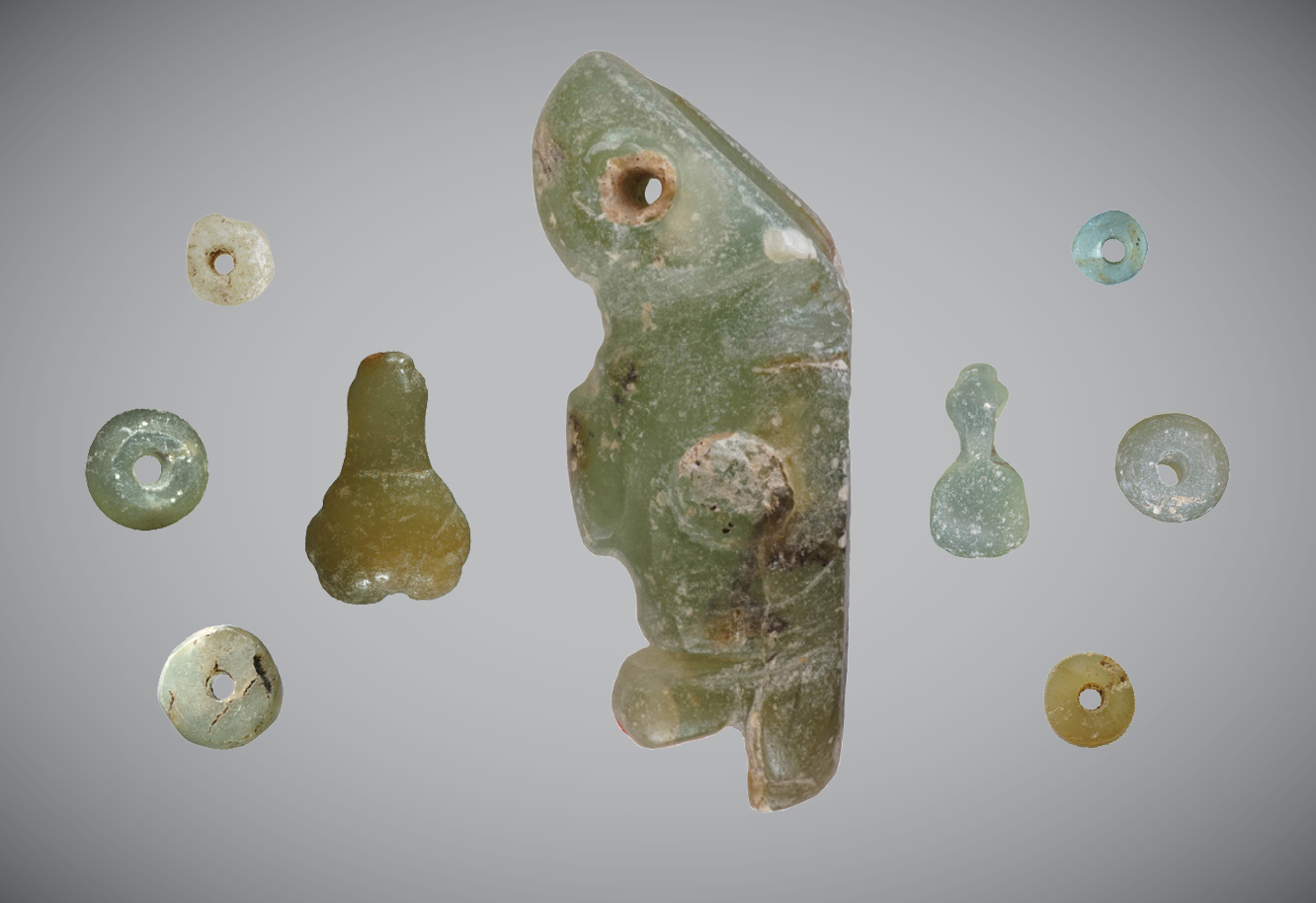Workpackage 2
PI of the workpackage
Florence Verdin, CNRS researcher, specialized in urban planning and architecture of the Iron Age - Ausonius
William Banks, CNRS researcher, specialized in the adaptive behaviors of Paleolithic populations - PACEA
WP2. How did human societies interact with their environments?

The history of mankind is often seen as a two-step process, with the first being characterised by predation economies in relative balance with the environment, and the second by production economies that strongly affected their environments, leading to the presently-recognised Anthropocene. Archaeological research has shown that this is an oversimplified and inaccurate approximation. In reality, all societies have developed adaptations that may have resulted in situations of either equilibrium or instability vis-à-vis their culture-environment relationships. These processes have not been synchronous or ubiquitous and can only be understood at regional scales. The goal of this work package is to identify the tipping points of such processes, primarily in Western Europe, and understand the underlying mechanisms and events that have driven key transitions identified in the archaeological record.
Action 1. Past societies confronted with environmental change.
Persons in charge : William Banks and Florence Verdin
Human societies are complex, multi-layered, connected, dynamic systems characterised by episodes of change and resilience, with the former reaching tipping points in some circumstances. Environmental change is one of the factors that can influence change in the system. The potential role of climate as a factor favouring cultural stability, reorganisation, and vulnerability is still largely underexplored, and we will investigate this relationship across time and space by focusing on a number of different regional cultural trajectories.
- Human distributions and ecological niche dynamics during the LGM in Western Europe.
- Archaeoentomology as an approach to understand cultural landscape modification
- Ecological niche dynamics across the late Middle Paleolithic and initial Upper Paleolithic
- Palynological and luminescence dating to better understand paleoenvironmental change in Aquitaine during the late Pleistocene.
Action 2. Environment, economy and resource management.
The economies of all past human societies relied on the exploitation of diverse raw materials. Present-day climate change dramatically brings to our attention the fact that environments and resources are interdependent and both have a hand in cultural adaption and socio-cultural evolution. In this action we will conduct research on key raw materials that figure importantly in past human economies with the goal of understanding how their adoption and spread may have contributed to the development of tipping points in the evolution of human societies.
- Understanding hominin exploitation of animal resources via bone surface taphonomy
- Raw material identification and circulation in the Caucasus during the Neolithic
- Ceramic production and circulation in Eastern Senegal
- Semi-precious stone bead circulation in the Pre-Columbian Antilles
Neanderthal ecological niche dynamics between MIS 5a and MIS 4 (ca. 82,000–60,000 years ago). The ellipsoids represent niche estimations in environmental space and show that the Neanderthal niche in Western Europe contracted and shifted between MIS 5a (red) and MIS 4 (blue). Figure adapted from Banks et al. (2021), published in Nature Scientific Reports.
Objets de parure en sudoite - Credits A. Queffelec
Nucléus à lame - Credits Marie Orange



